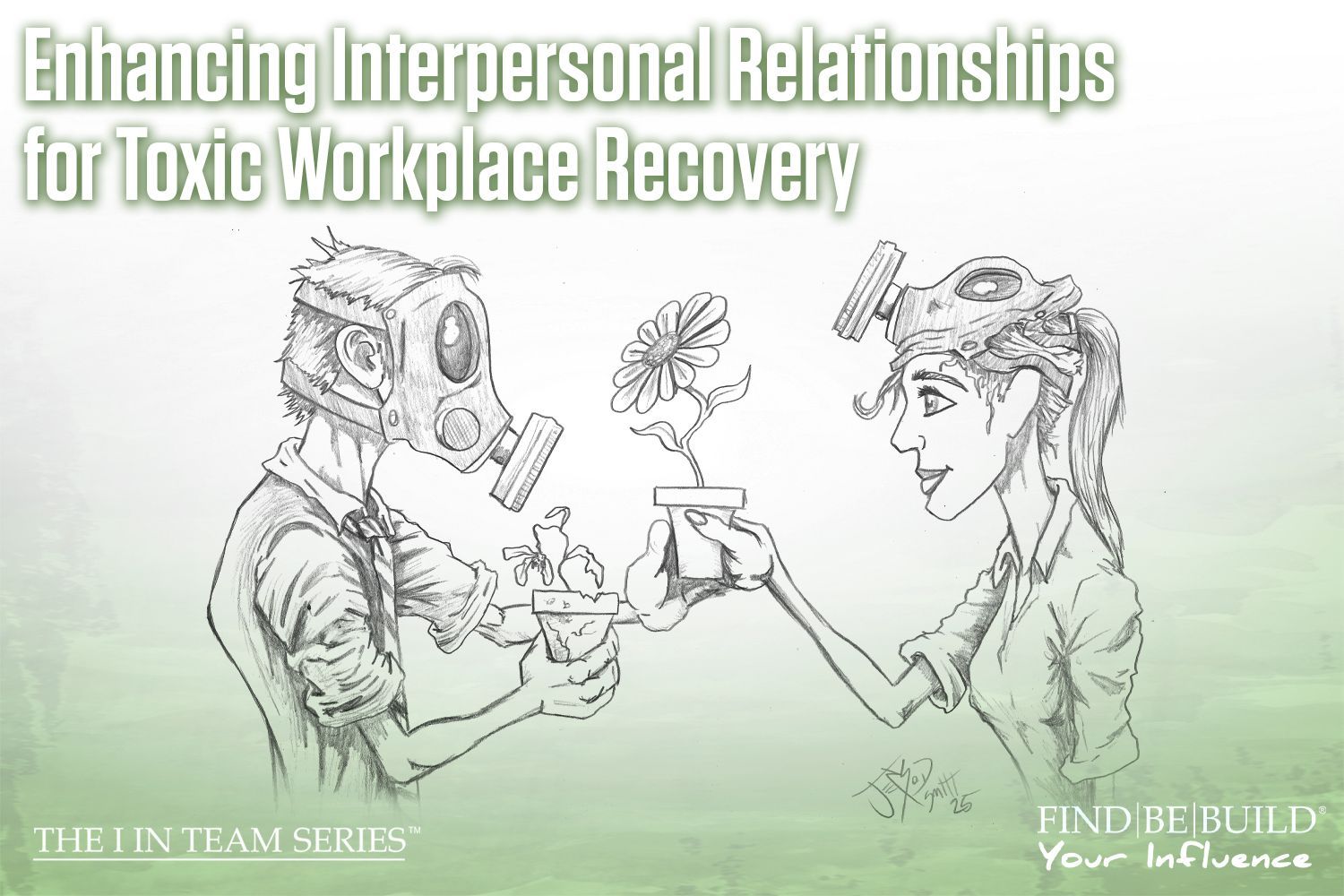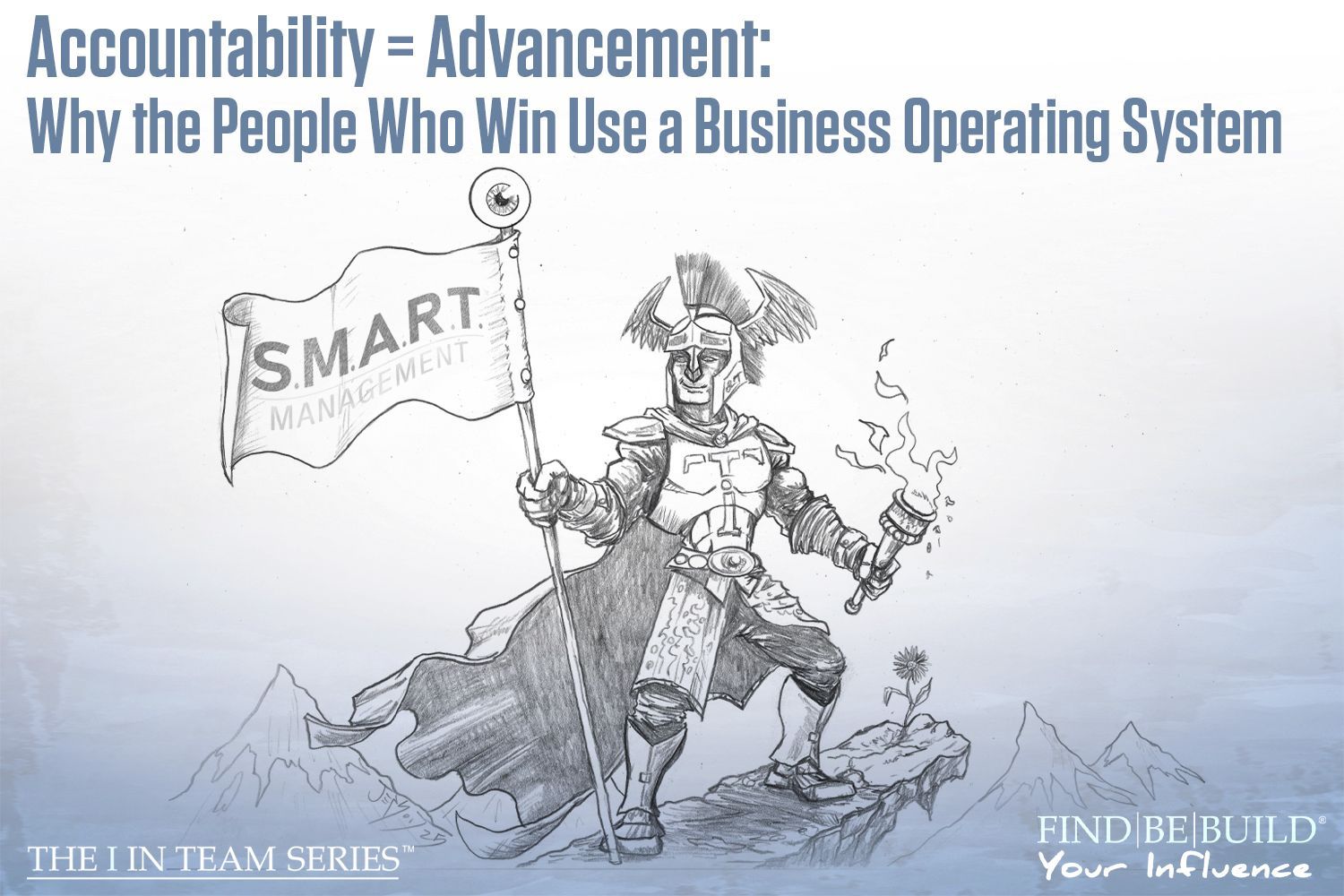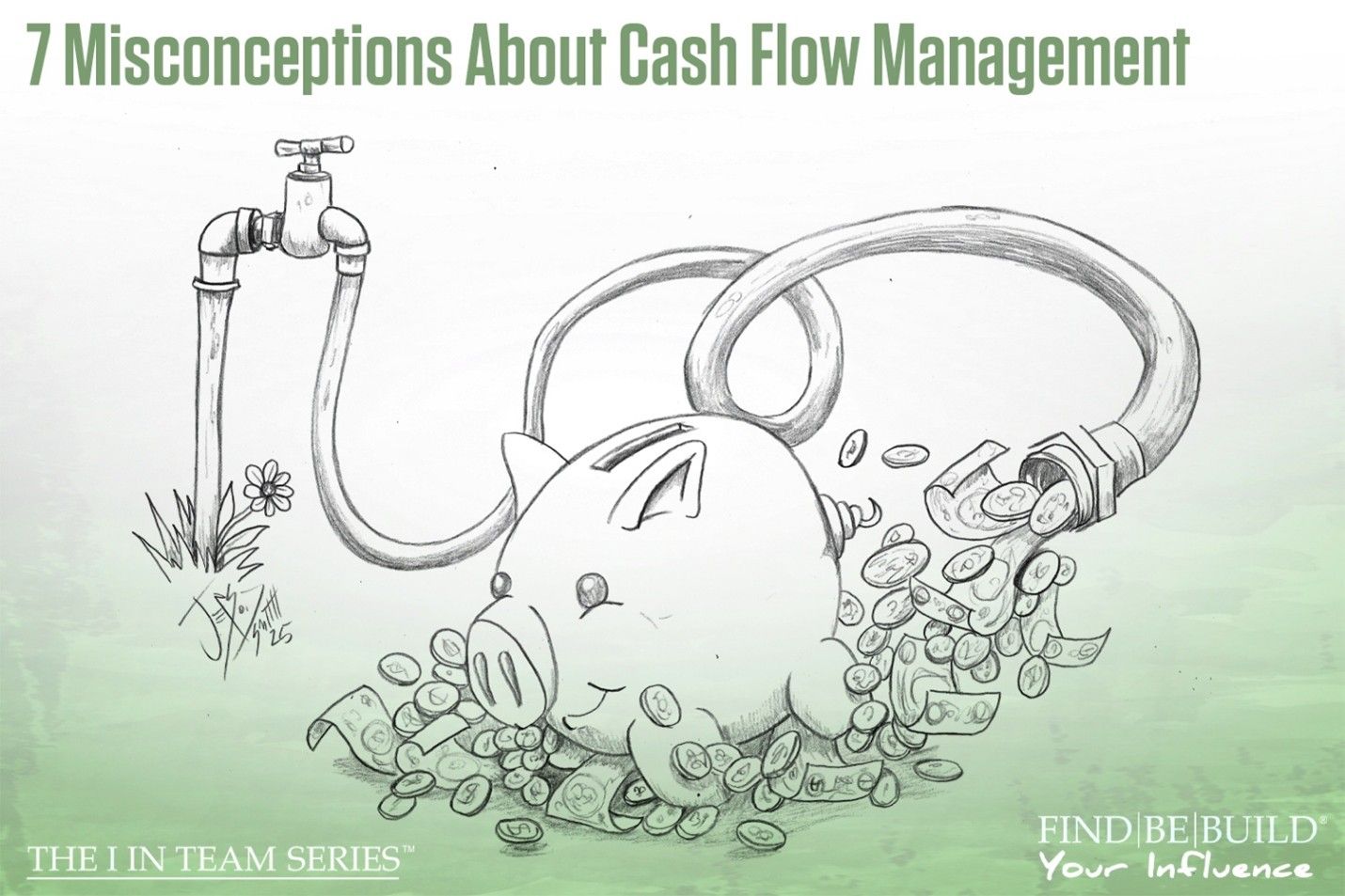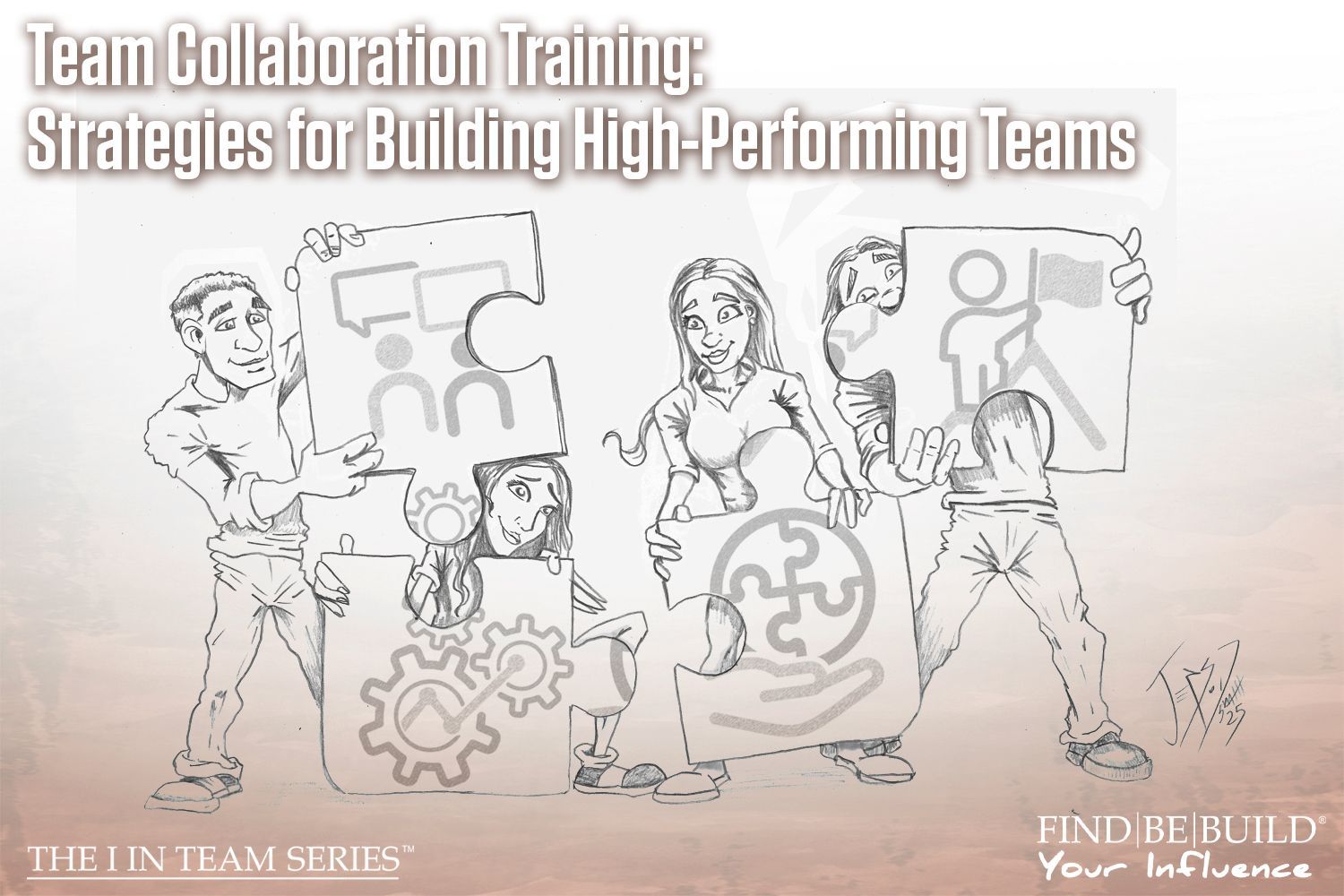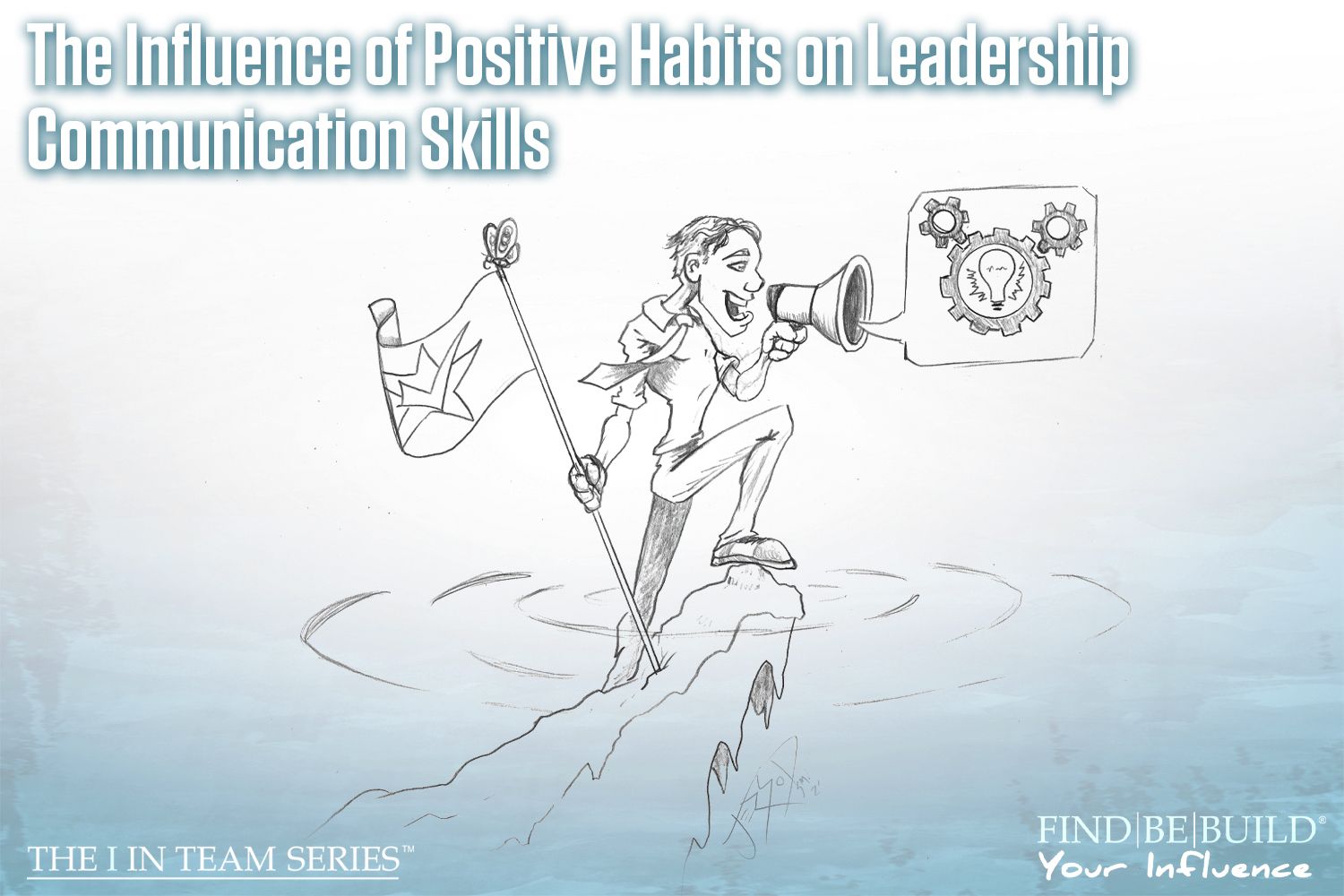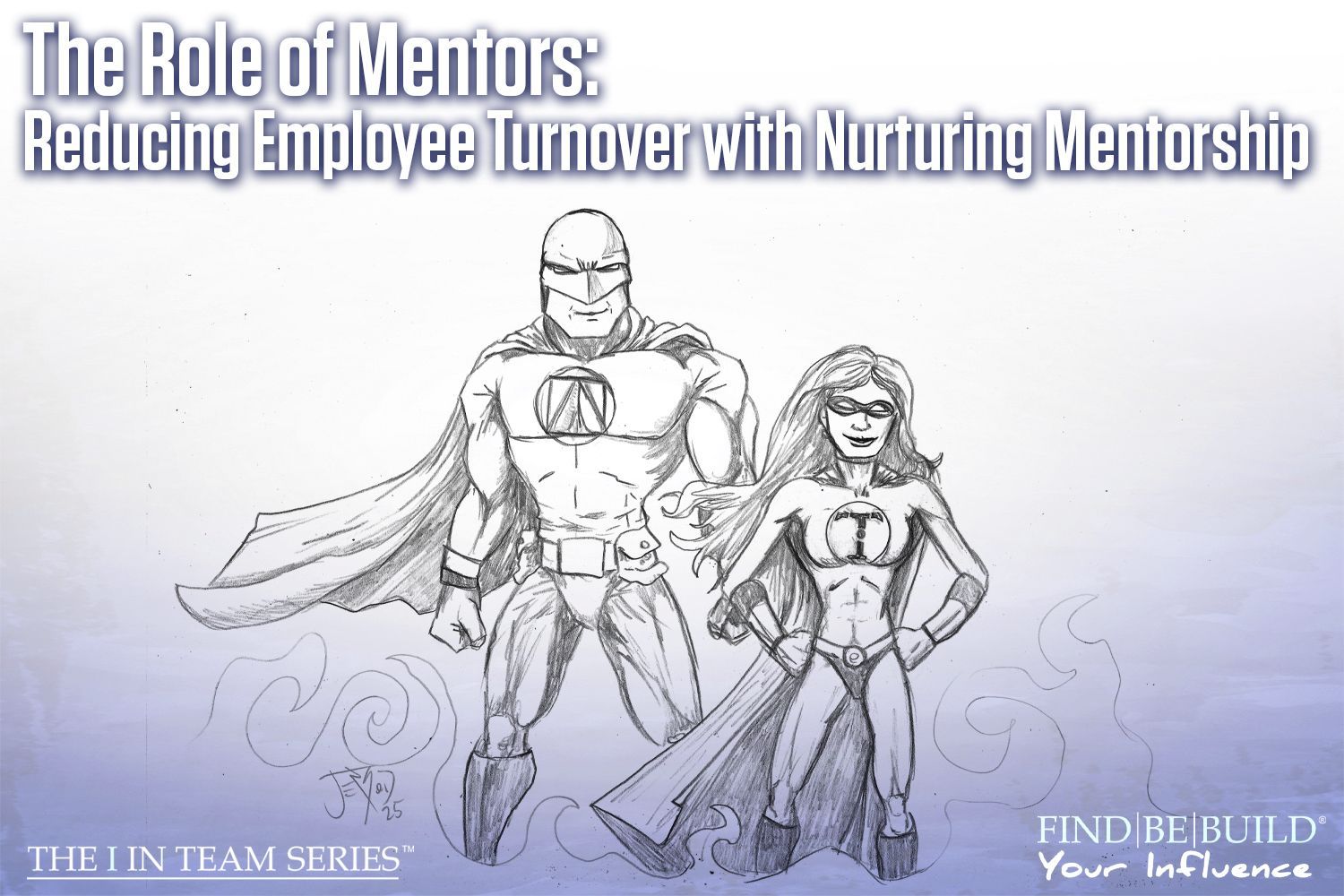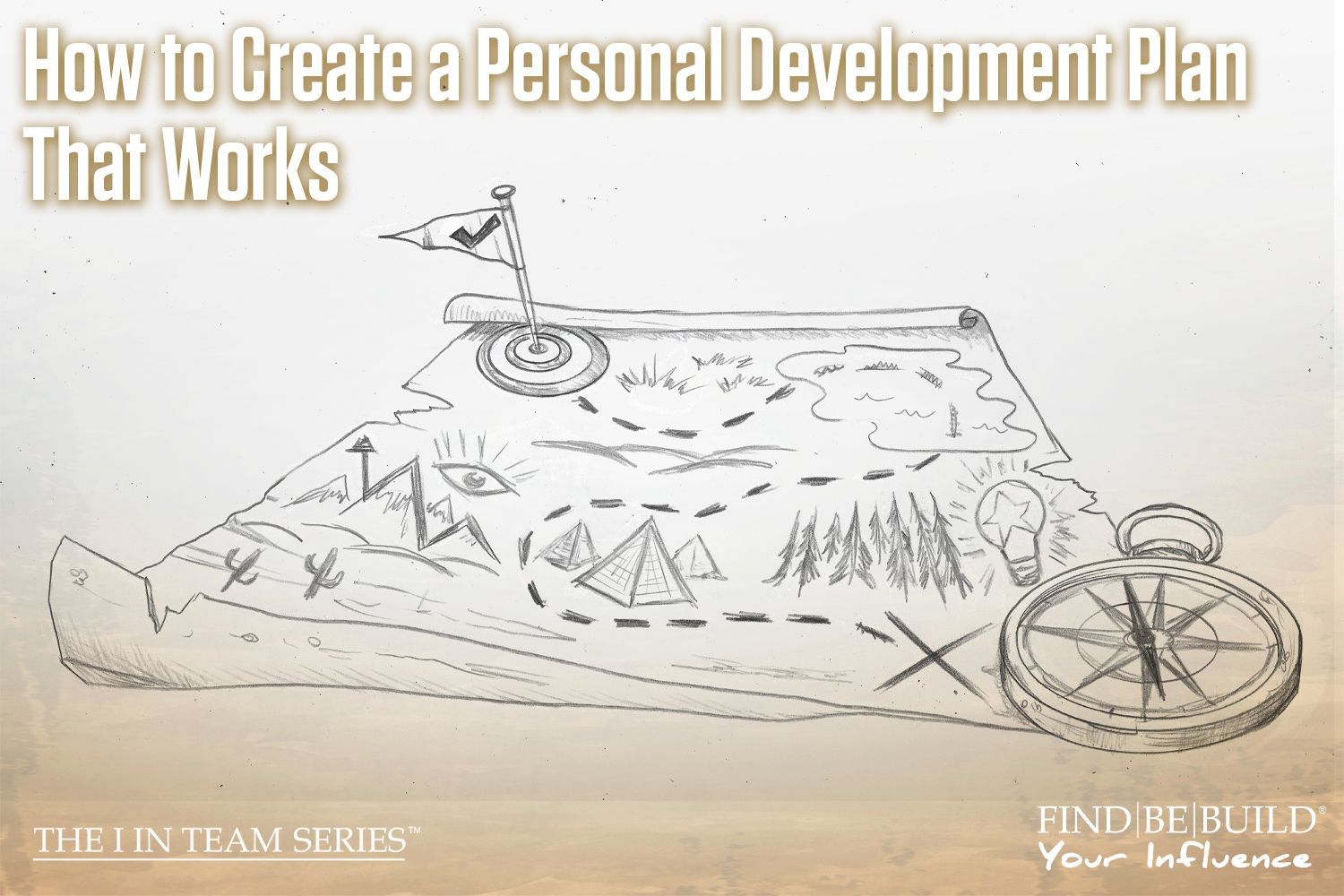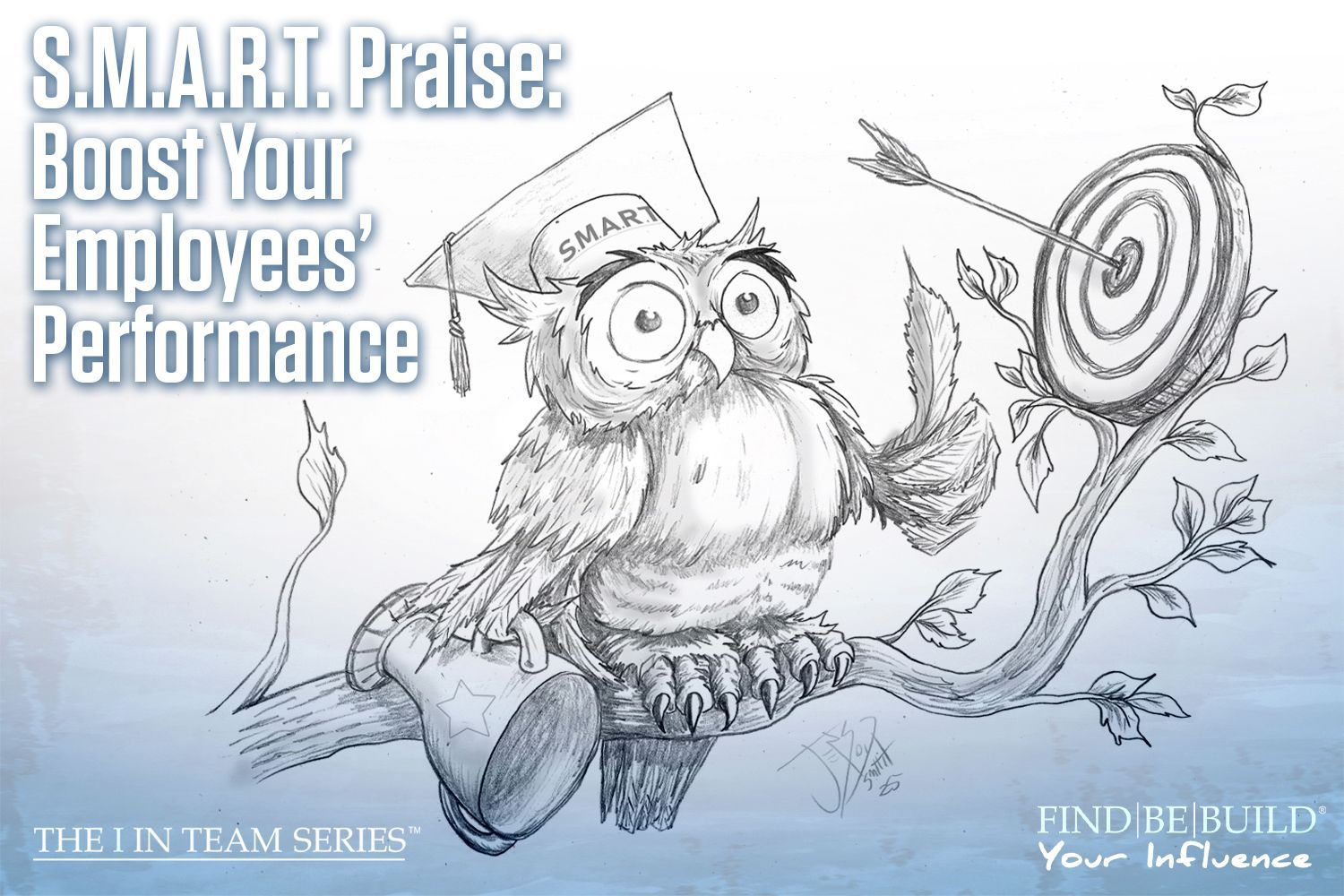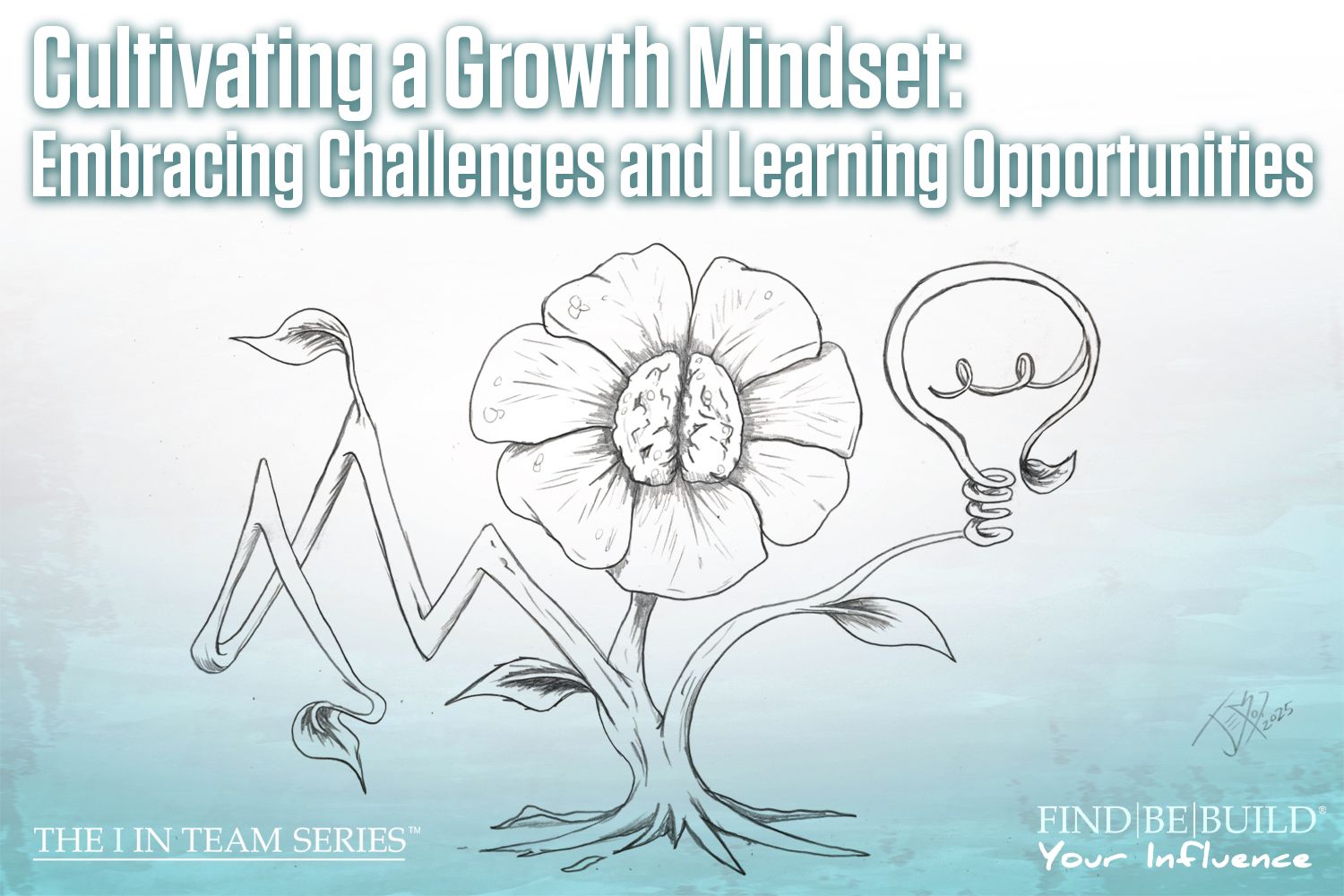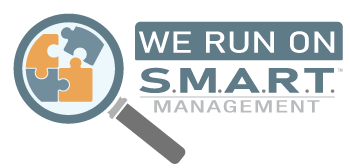The Art of Operations Management

Operations management consulting
Written by: Matt Wilhelmi
IA Business Advisors has been providing advice to top-level executives for over 20 years, and from time to time we are asked to act as senior-level executives by and for our clients. Often, this manifests in the role of an “Outsourced Chief Operations Officer” as we are asked to manage and lead their organization through a transition or into sustainability. Some of the most significant challenges in the world of operations management are implementing effective communication and adding capacity to your greatest limiting resource.
Clear communication is crucial to any leader’s success.
Effective communication means active listening and asking the right questions. If operations management is fundamentally maximizing operations, finding ways to communicate that will motivate your team members is crucial. Communicating in a way that motivates team members can be a great way to increase your team’s productivity. I guess the fundamental question is: Is the way you communicate helping you reach your goals?
Another aspect of operations management that I find interesting is the bottleneck, or constraint in the supply chain, and how it is handled. The bottleneck is the limiting resource in your process. When workload is increased, your constraining factor will slow down the process. One of the challenges operations managers face is finding ways of identifying and adding capacity to the limiting resource effectively. Handling this well could potentially improve the supply flow and increase profit.
One of the best tips we can give you on operations management is to standardize your processes to reduce any complexity and deviation.
Consider making your processes simple and step-by-step to increase efficiency. Having a calculated, standardized process assures consistent quality and saves time in teaching the process to future team members. When creating a standardized process, make sure it is one you are confident will help reach your organization’s goals. It is so important as an operations manager to keep a focus on the company’s mission and vision while making decisions on how to alter company policies. Maintaining your vision makes said vision more achievable.
Our prediction is that operations management will become more closely aligned with Human Resources. As companies are increasingly aware of how important their culture and human capital are, they relate to operations and engagement. The future of operations management is sliding towards creating data (so it can be measured and studied from an objective position) around the health (culture) of a company’s human operations. Dozens of reports have come out in the past few years that are confirming that lack of engagement by employees leads to substantial lost productivity or worse, high turnover.
© Individual Advantages, LLC 2017
The post The Art of Operations Management appeared first on IA Business Advisors.
